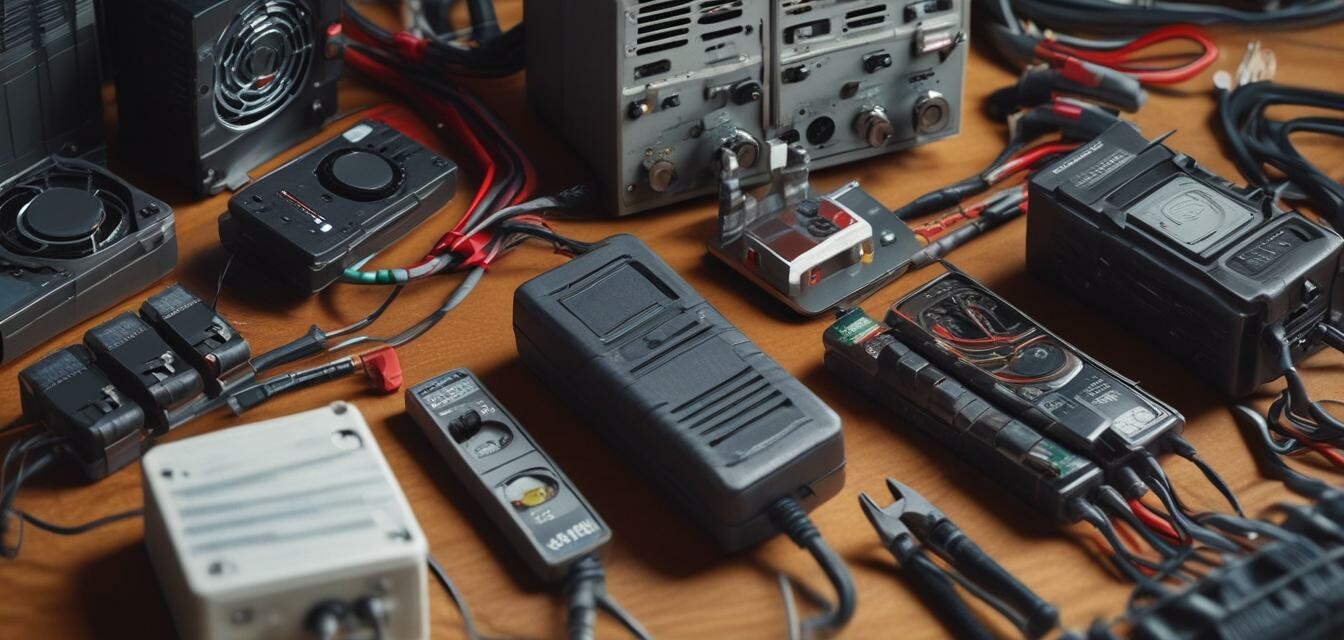
Best Practices for Using Power Supply Drivers
Key Takeaways
- Understanding your power requirements is crucial for optimal usage.
- Choosing the right power supply driver enhances safety and efficiency.
- Regular maintenance extends the life of power supply drivers.
- Safety features are essential for protecting both devices and users.
Power supply drivers play a crucial role in various electrical projects, from powering security systems to providing energy for LED strips. Understanding the best practices for using these devices can help you ensure optimal performance and longevity. This comparative review examines different power supply drivers, their application scenarios, and tips for proper usage and maintenance.
What is a Power Supply Driver?
A power supply driver converts electrical energy efficiently into a usable format for various devices. They are essential for devices that require a different voltage level than the power supply provides. Using the correct power supply driver can help prevent device damage and ensure effective functionality.
Types of Power Supply Drivers
| Type | Description | Common Applications |
|---|---|---|
| AC to DC Converters | Converts alternating current (AC) to direct current (DC). | LED lighting, CCTV cameras |
| DC to DC Converters | Converts one DC voltage to another DC voltage. | Battery charging, solar panels |
| Switching Power Supplies | Uses a switching regulator to convert electrical power. | Computers, telecommunications |
Power Supply Driver Features to Consider
- Output Voltage: Ensure compatibility with your devices.
- Current Rating: Higher ratings can support multiple devices.
- Safety Features: Look for overload cut-off, thermal protection, and short circuit protection.
- Voltage Consistency: Essential for stable device performance.
Comparative Review: 240V AC to DC 12V 30A Power Supply Driver
One of the notable power supply drivers in today’s market is the 240V AC to DC 12V 30A 360W Switch Power Supply Driver by ACL. This product is particularly recommended for electricians and DIY enthusiasts.
240V AC to DC 12V 30A Power Supply Driver
Ideal for CCTV cameras and LED lighting, this driver ensures stable performance and enhanced safety features.
Learn MoreOptimal Usage Tips
Tips for Optimal Usage
- Check the specifications of your devices before selecting a power supply driver.
- Ensure proper ventilation to prevent overheating.
- Regularly inspect cords and connections for wear and tear.
- Use a multimeter to verify output voltage and adjust when necessary.
Application Scenarios for Power Supply Drivers
Power supply drivers are versatile and can be used in numerous scenarios. Here are a few common application areas:
- **Security Systems:** Power CCTV cameras and alarms.
- **Lighting:** Support various types of LED lights.
- **Computer Projects:** Power PC circuits and components.
- **Radio Equipment:** Suitable for powering various radio setups.
Maintenance Best Practices
Maintaining your power supply driver is crucial for longevity. Here are some best practices:
- Clean the unit regularly to prevent dust buildup.
- Check for signs of wear, especially on wires and connectors.
- Store in a cool, dry place when not in use.
- Follow manufacturer guidelines for usage and maintenance.
Conclusion
Power supply drivers are essential components in a wide range of electrical projects. By following optimal practices for usage and maintenance, you can enhance the performance and lifespan of these devices. Always consider specifications and safety features when selecting a power supply driver to ensure you meet the demands of your project effectively.
Pros
- Versatile applications across various devices.
- Enhanced safety features protect both user and equipment.
- Reliable performance with minimal voltage fluctuations.
Cons
- Incorrect usage can lead to device damage.
- Overloading the driver may cause overheating issues.
Further Reading
For more insights on electrical supplies, check out these resources:
